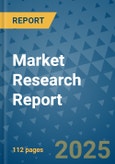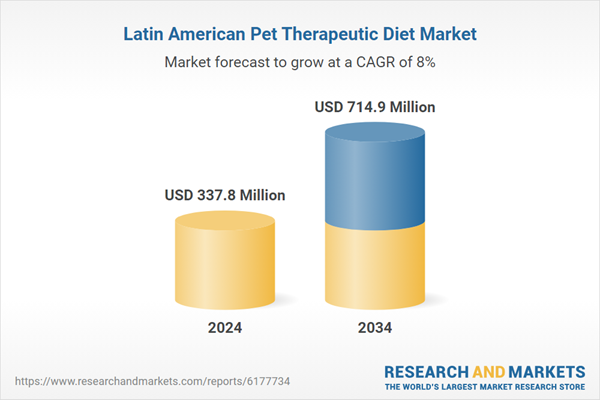This consists of specially formulated diets tailored to address specific medical conditions in pets, such as gastrointestinal problems, diabetes, kidney disease, skin issues, and urinary tract disorders. These diets go beyond general pet food and are typically recommended by veterinary professionals as part of a treatment plan. As pet owners increasingly consider animals as family members, attention to nutrition and preventive care has surged across the region. The shift has been particularly notable since the pandemic, when stronger emotional bonds with pets emerged. While veterinary clinics remain a key distribution channel, availability has expanded significantly through online platforms and specialty retail stores, making therapeutic pet diets more accessible than ever before. This increased reach is accelerating awareness and adoption among pet parents.
The dry food segment generated USD 198.3 million in 2024. Dry therapeutic diets are widely preferred due to their affordability, long shelf life, and ease of handling and storage. These diets are available in a variety of formulas targeting common health conditions such as weight gain, digestive sensitivity, skin irritation, and chronic renal issues. The convenience of dry food formats, combined with their availability across retail chains, veterinary outlets, and online stores, continues to support their dominance in Latin America’s market. These factors make dry diets a reliable option for pet owners focused on both nutrition and convenience.
In 2024, the dogs segment held a 67.1% share, driven by their larger population and more frequent occurrences of chronic conditions compared to other companion animals. Dogs are more prone to obesity, arthritis, allergies, and gastrointestinal issues, all of which require tailored diets for effective management. Given their higher caloric intake needs due to larger body size, therapeutic diets for dogs often involve greater volumes of food, further increasing revenue in this segment. As more dog owners pursue veterinarian-guided nutrition plans, demand for targeted diet solutions continues to grow.
Brazil Pet Therapeutic Diet Market generated USD 137.8 million in 2024, supported by high levels of pet ownership and a strong network of veterinary services. Additionally, a growing incidence of pet health issues particularly obesity, allergies, and digestive disorders is driving interest in veterinary-prescribed nutrition. Therapeutic diets are now being used not only as treatment but also as preventive healthcare tools by a rising number of pet owners. As a result, Brazil continues to lead regional adoption trends in the segment.
Key players operating in the Latin America Pet Therapeutic Diet Industry include Farmina Pet Foods, VNG, Virbac, Stella and Chewy’s, Champion Petfoods, Affinity Petcare, Animonda, Hill's Pet Nutrition (Colgate Palmolive), Mars, Incorporated, Blue Buffalo (General Mills), Diamond Pet Foods (Schell & Kampeter, Inc.), and Purina PetCare (Nestle SA). To strengthen their position in the Latin America pet therapeutic diet market, leading companies are actively expanding product lines tailored to region-specific health conditions. They are also investing in partnerships with veterinary clinics to build brand trust among professionals. Companies are leveraging digital platforms for wider distribution and consumer education. Local manufacturing is being scaled to reduce logistics costs and ensure product freshness.
Comprehensive Market Analysis and Forecast
- Industry trends, key growth drivers, challenges, future opportunities, and regulatory landscape
- Competitive landscape with Porter’s Five Forces and PESTEL analysis
- Market size, segmentation, and regional forecasts
- In-depth company profiles, business strategies, financial insights, and SWOT analysis
This product will be delivered within 2-4 business days.
Table of Contents
Companies Mentioned
The companies profiled in this Latin America Pet Therapeutic Diet market report include:- Affinity Petcare
- Animonda
- Blue Buffalo (General Mills)
- Champion Petfoods
- Diamond Pet Foods (Schell & Kampeter, Inc.)
- Farmina Pet Foods
- Hill's Pet Nutrition (Colgate Palmolive)
- Mars, Incorporated
- Purina PetCare (Nestle SA)
- Stella and Chewy’s
- Virbac
- VNG
Table Information
| Report Attribute | Details |
|---|---|
| No. of Pages | 112 |
| Published | September 2025 |
| Forecast Period | 2024 - 2034 |
| Estimated Market Value ( USD | $ 337.8 Million |
| Forecasted Market Value ( USD | $ 714.9 Million |
| Compound Annual Growth Rate | 8.0% |
| Regions Covered | Latin America |
| No. of Companies Mentioned | 13 |









